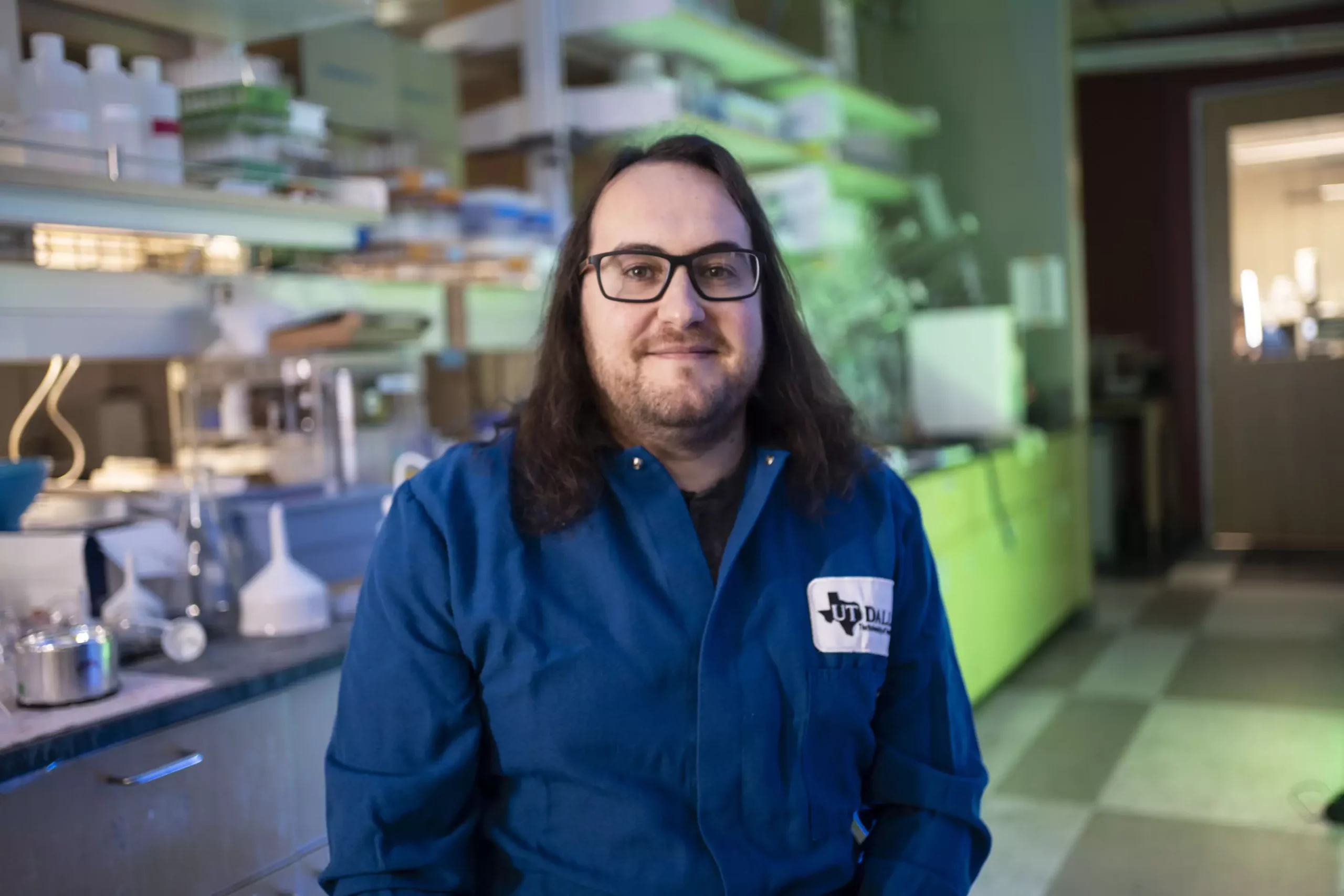The intricate world of chemistry is governed by the principles of molecular structure and behavior. Among the most fascinating aspects is the concept of enantiomers—molecules that are mirror images of each other, yet can exhibit profoundly different biological effects. This phenomenon is particularly significant in the field of medicinal chemistry, where the left-handed and right-handed forms of compounds can react in drastically different ways within the human body. A recent breakthrough by a team of chemists from the University of Texas at Dallas promises to change the way researchers synthesize these vital compounds. By developing a method that allows for the selective creation of enantiomers, scientists are poised to enhance drug development processes, particularly for a range of conditions including cancer, depression, and infections.
In their groundbreaking study published in *Science*, Dr. Filippo Romiti and his team have introduced a new chemical reaction that streamlines the production of a specific enantiomer. Traditionally, synthesizing a pure enantiomer from a mixture has proven to be a complicated and inefficient process. The newly developed method stands out because it involves the simple addition of prenyl groups—molecules comprising five carbon atoms—to enones using an innovative catalyst. This one-step synthesis enables the production of a purely enantiomeric sample that is crucial for understanding the biological implications of each variant.
Dr. Romiti highlighted the significance of this innovation by stating, “Nature is the best synthetic chemist of all; she’s way ahead of us.” This statement encapsulates the essence of the research, which aims to mimic nature’s methods of constructing complex molecules. By simplifying the synthesis process, researchers can now produce enantiomers rapidly, achieving results in as little as 15 minutes at room temperature. The energy efficiency of this method not only reduces costs but also enhances the feasibility of large-scale synthesis, making it an attractive option for pharmaceutical companies.
The implications of this advancement extend far beyond mere synthesis; they open up new avenues for drug discovery. Naturally occurring compounds possess immense potential for medicinal use, but their scarcity often hinders research. By enabling the large-scale production of enantiomers, researchers can explore their therapeutic properties more thoroughly. The study particularly focused on polycyclic polyprenylated acylphloroglucinols (PPAPs), a diverse class of natural products known for their extensive bioactivity, including properties that combat diseases like cancer and HIV.
One of the specific compounds synthesized in this research was nemorosonol, an antibiotic derived from a Brazilian tree. While its antimicrobial effects have been established, the specific enantiomer responsible for this activity has remained unclear. The new method allows for targeted exploration—researchers can now isolate the enantiomers, testing them against various disease models to ascertain their individual roles. This could lead to the discovery of enantiomers that are specifically effective against particular health conditions, providing tailored therapeutic options.
The ramifications of this research extend into the domain of translational medicine. By facilitating the production of enantiomers, the findings enable more efficient methods for creating drug analogs—optimized versions of natural products that can be more potent or selective. Dr. Romiti, emphasizing the importance of this tool for both chemists and biologists, pointed out that the process is designed to be pharma-friendly, making it easier to integrate into existing drug development pipelines.
Moreover, the ability to synthesize a range of drug leads opens the door to broader exploration within natural product chemistry. Romiti and his colleagues intend to apply their new method beyond PPAPs, indicating a plan for future studies that could revolutionize our understanding of various natural products and their potential bioactivities.
The recent advancements made by the team at the University of Texas at Dallas signify a critical juncture in the field of medicinal chemistry. By achieving a more efficient synthesis of enantiomers, they are not only enhancing our understanding of these compounds but also paving the way for new therapeutic discoveries. As researchers continue to explore the interactions of enantiomers with biological systems, we anticipate a surge in innovative treatments tailored to the complexities of human health, underscoring the significance of this groundbreaking research. In a world where precision medicine is becoming increasingly important, such advancements are essential. The future of drug discovery is bright, thanks in part to the innovative methodologies introduced in this study.


Leave a Reply